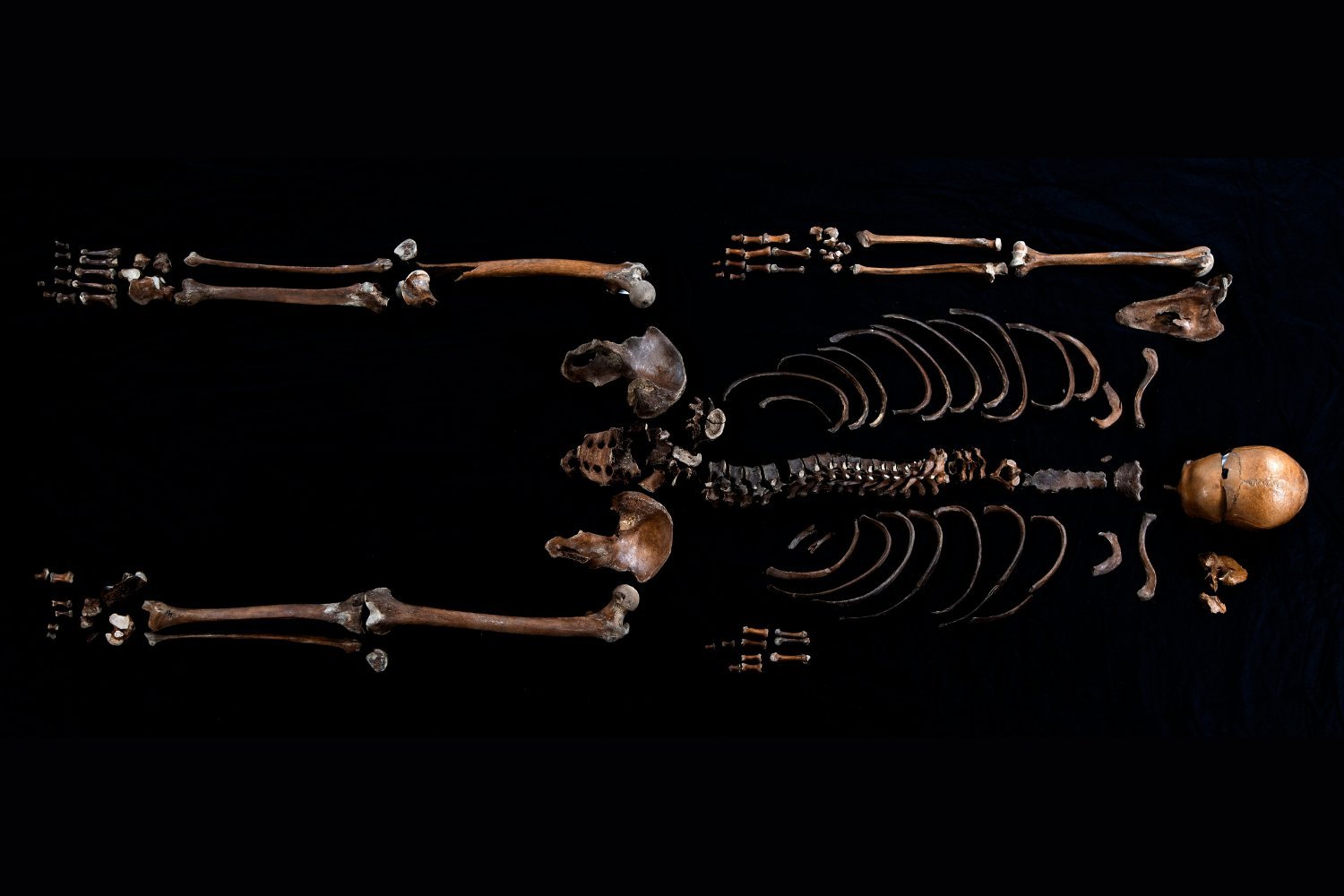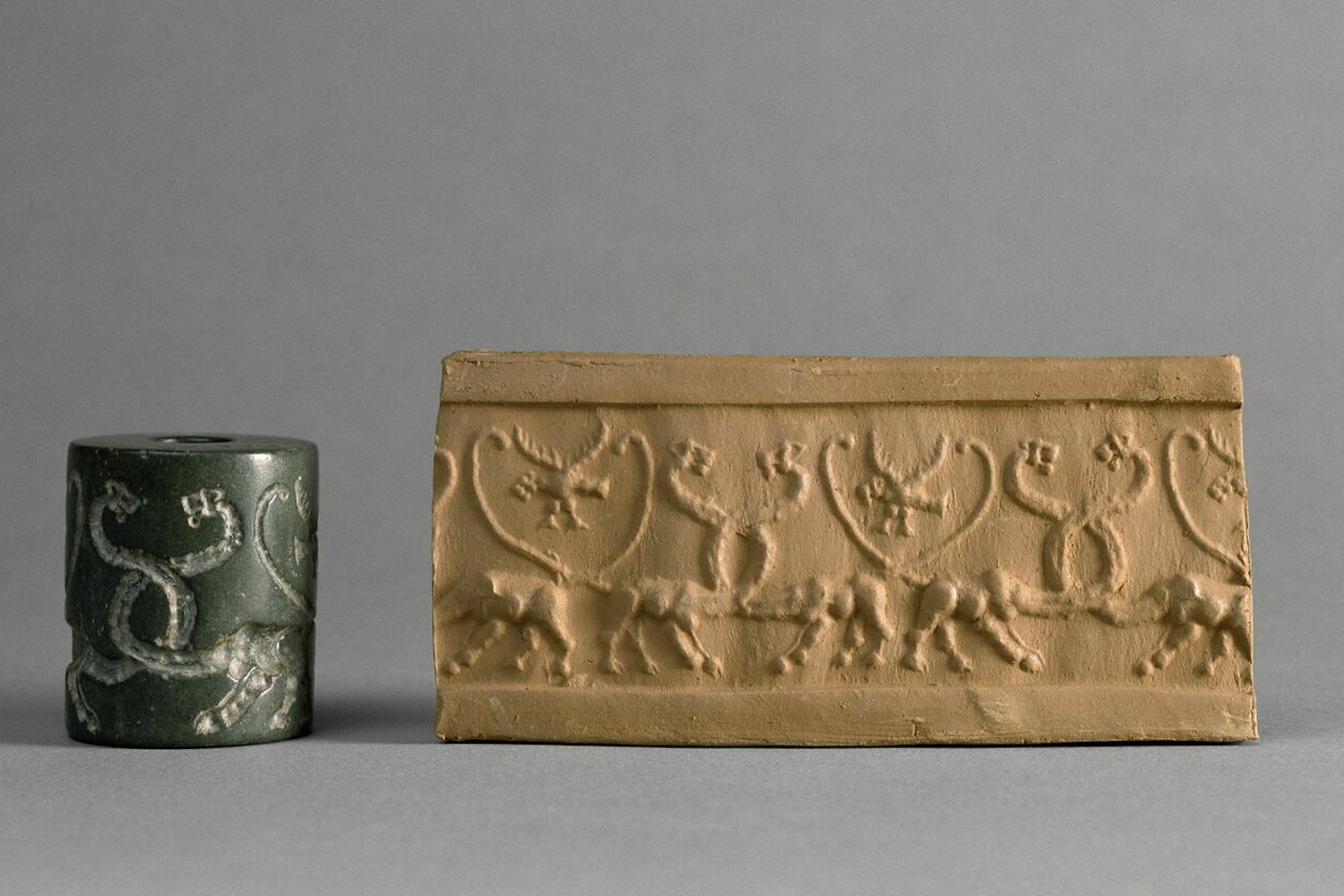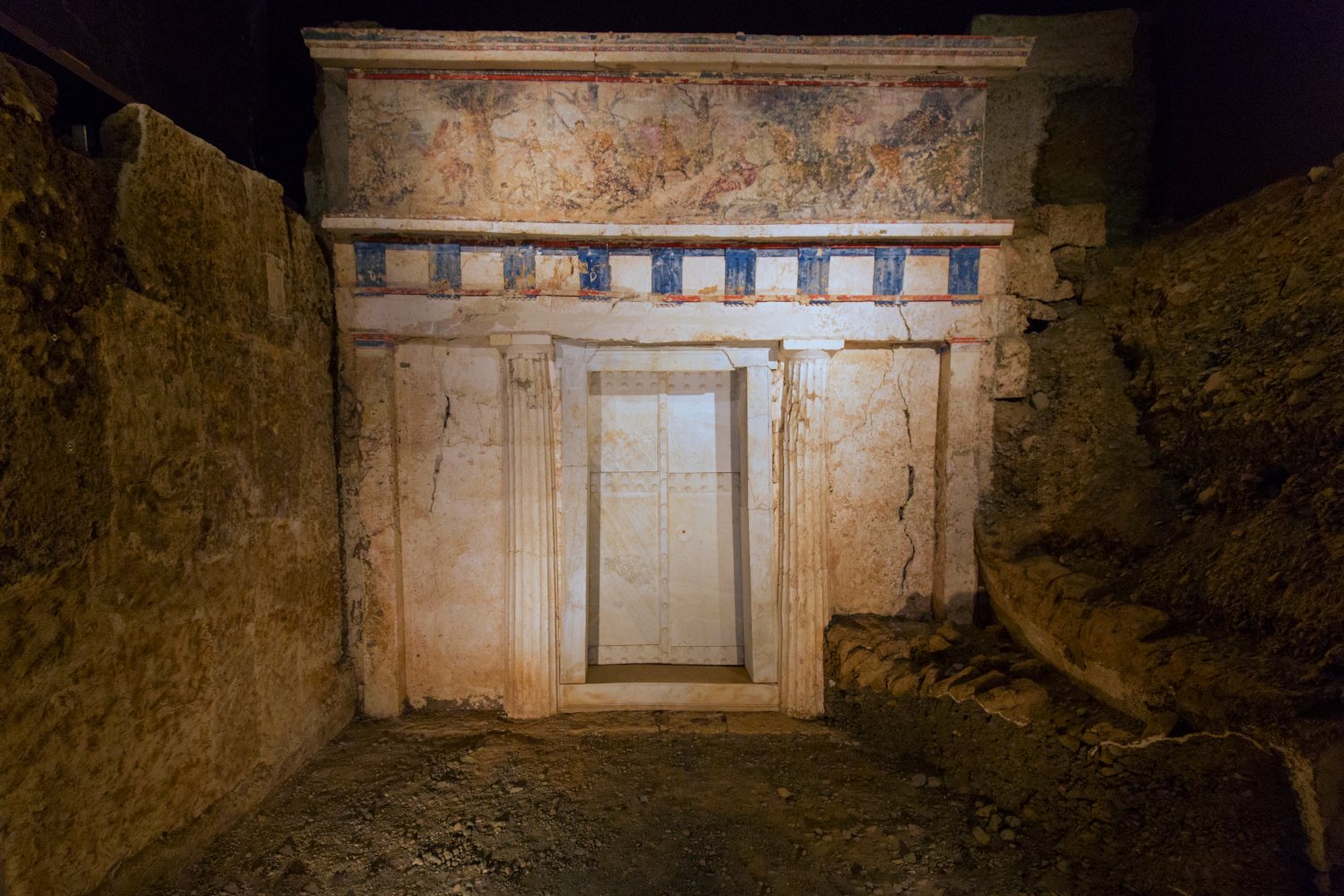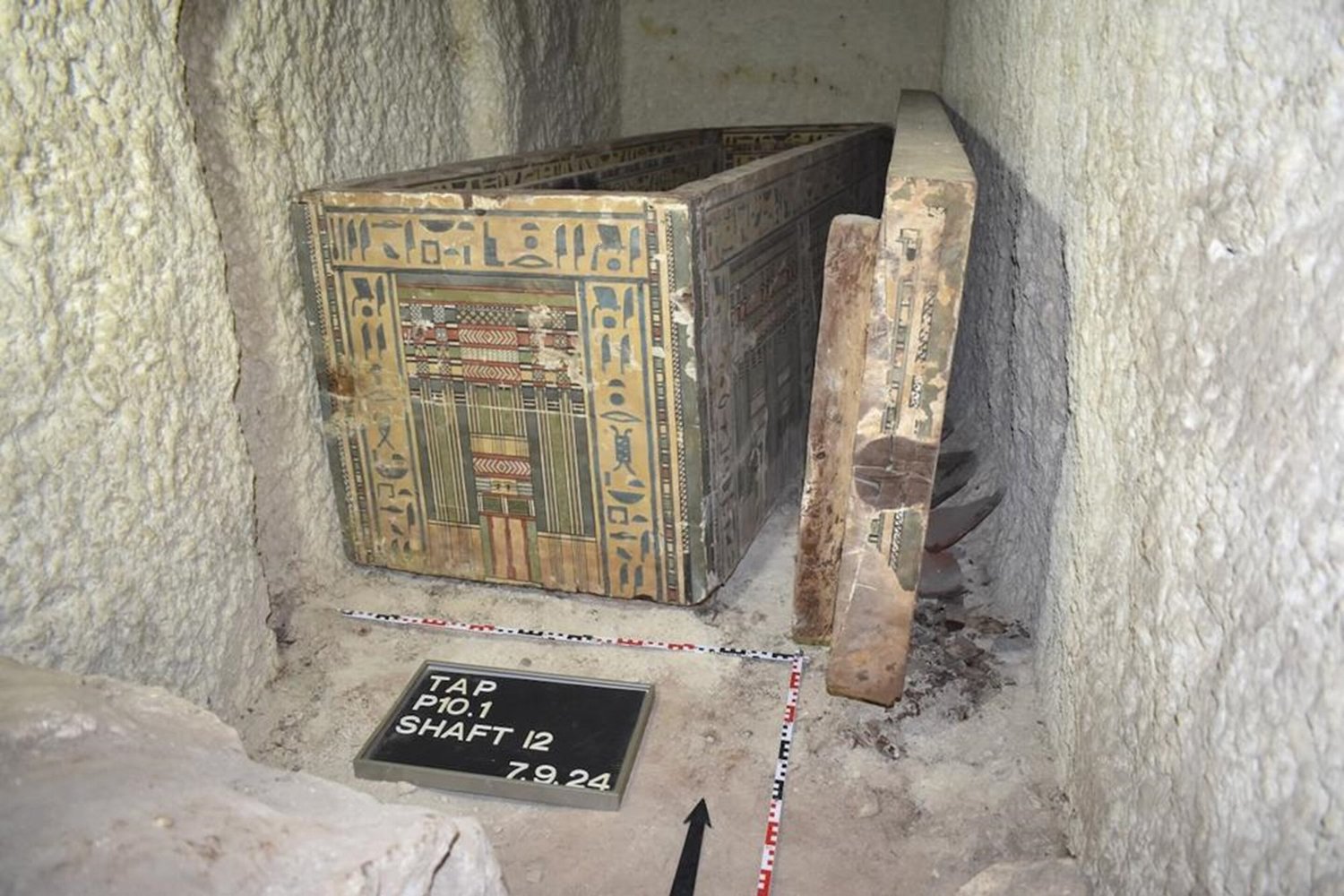The Neolithic era, a period vastly different from our modern lives, might seem distant and unrelated. However, just like us, Neolithic people needed practical solutions for everyday problems, such as storage. A recent archaeological discovery in Denmark offers a fascinating glimpse into these ancient storage practices. A paved cellar found beneath a Stone Age home suggests that these early humans were more sophisticated than previously thought.
The cellar was constructed by members of the Funnel Beaker Culture, a group that thrived across parts of Germany, Scandinavia, and the Netherlands around 4000 BCE. The discovery was made on the island of Falster in southeast Denmark, during a railway extension project at a site designated Nygårdsvej 3. Archaeologists excavating the area uncovered remnants of two houses, built sequentially on the same spot.
As the team dug deeper, they unearthed a significant number of tightly packed pebbles, clearly arranged by human hands. This revealed a paved floor, approximately 5 feet by 6.5 feet (2 meters by 1.5 meters), as detailed in their findings published in Radiocarbon.
While paved floors from the Neolithic period have been found before, they are typically associated with burial sites. However, the construction of these houses differed significantly from megalithic tombs. Despite the presence of various artifacts – pottery shards, bone fragments, tools, and even petrified sea urchins – none pointed towards burial rituals. The archaeologists concluded that Nygårdsvej 3 served a more practical purpose: a cellar. Carbon dating of nearby charcoal places the cellar’s construction between 3500 and 3000 BCE, making it the second oldest paved cellar discovered in the region.
The cellar’s exact function remains a mystery. “Due to the limited number of finds from the cellar itself, its function can only be surmised,” the researchers explain, suggesting that food storage in a cool environment is a plausible theory.
The overall purpose of Nygårdsvej 3 also remains unclear. The presence of fence remnants suggests a fortified site, making it less likely to have been a simple dwelling. It may have functioned as a communal gathering space or a trading post, facilitating the exchange of goods and the formation of alliances.
While it’s tempting to speculate about other uses, the evidence remains limited. Perhaps it offered refuge from unwelcome guests, a timeless human experience. This discovery reminds us that even in the Stone Age, people sought solutions to everyday challenges, much like we do today. They, too, had basements, sometimes.











